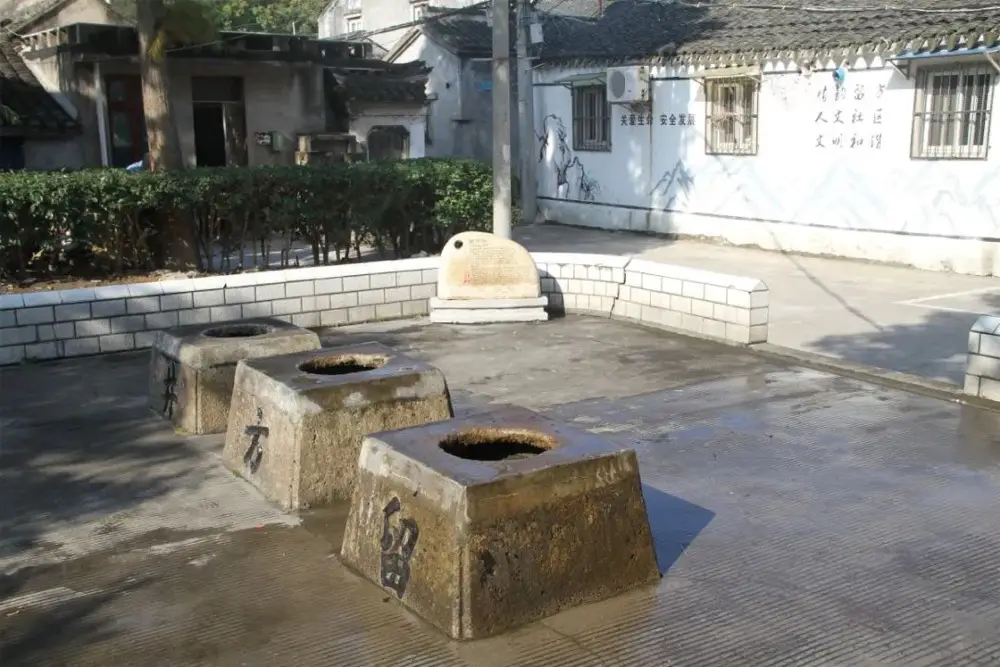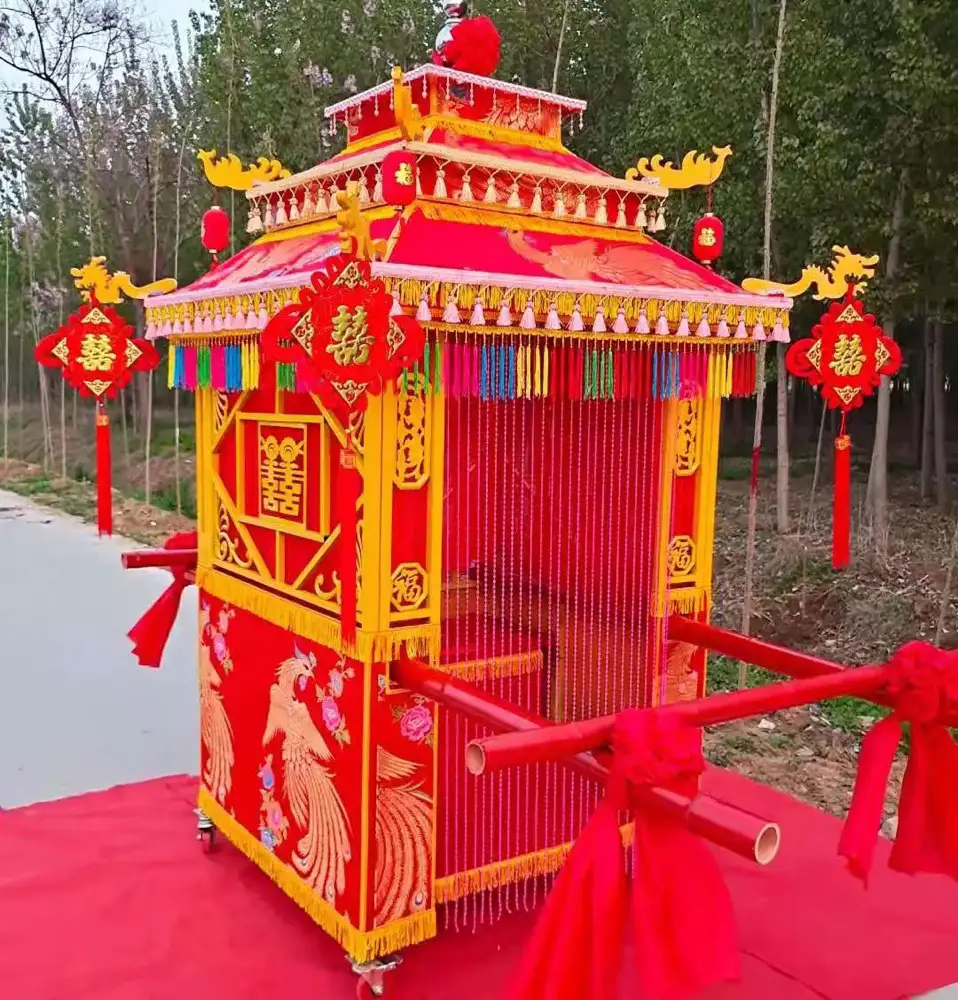Zhoushan Archipelago, located in the eastern waters of China, is the country’s largest archipelago. With abundant water sources, a unique water-fetching tradition called “Carrying the Well Maiden” has developed among the locals, making it one of the most distinctive and mysterious customs in the region.
The tradition of Carrying the Well Maiden originated from folk beliefs in Zhoushan. In ancient times, lacking modern water-fetching facilities, people relied on wells to obtain drinking water. To safeguard the purity and safety of the water sources, locals believed in a mysterious Well Maiden who watched over these wells. The Well Maiden is portrayed as a beautiful and pure young girl residing in the deep wells, responsible for guarding the water sources and blessing the villagers with health and prosperity.

In gratitude for the protection and blessings of the Well Maiden, the tradition of Carrying the Well Maiden emerged. On specific days of the lunar calendar each year, villagers spontaneously organize grand ceremonies to worship the Well Maiden. They construct an elaborate sedan chair with a water-filled vessel, representing the embodiment of the Well Maiden. Young people from the village then carry the sedan chair, parading it around the village.
During the procession, people sing ancient songs and perform joyful dances to express their awe and gratitude to the Well Maiden. They believe that through this ritual, they can pray for abundant water sources and the peace and prosperity of the village in the coming year.
In addition to the Well Maiden worship ceremony, the Zhoushan region hosts various folk activities related to water. One such event is the “Sea Dragon King Sacrifice,” a ritual performed before the fishing season to pray for favorable weather and a bountiful harvest of fish and shrimp. There are also numerous folk stories and legends related to wells, reflecting people’s reverence and gratitude towards water.
Despite the passage of time and the gradual disappearance of many traditional customs due to modernization, the tradition of Carrying the Well Maiden continues to be passed down in Zhoushan. This endurance is not only a result of people’s love and respect for traditional culture but also because the custom has become deeply ingrained in the local way of life.
This tradition is not just a form of belief and cultural expression but also a reflection of harmonious coexistence between humans and nature. It teaches people to cherish water resources, be grateful for nature’s gifts, and promotes a social ethos of unity, mutual assistance, and harmony. Through this custom, people can better understand and respect nature, thus contributing to the protection and sustainable use of natural resources.
The tradition of Carrying the Well Maiden is one of the unique cultural phenomena in the Zhoushan Archipelago, carrying rich historical and cultural connotations. This custom not only showcases people’s reverence and gratitude towards water but also reflects their pursuit and yearning for a better life. Through the continuation and development of this tradition, people can gain a deeper understanding of their cultural roots and historical traditions.

In today’s Zhoushan Archipelago, the tradition of Carrying the Well Maiden has become a highlight of local tourism. Many tourists visit specifically to experience this mysterious and fascinating custom. This phenomenon has brought new opportunities and challenges to the local economy and cultural heritage. To better protect and pass on this tradition, local governments and various sectors of society are actively taking measures such as strengthening promotion and education, and organizing related activities.
In conclusion, the tradition of Carrying the Well Maiden in Zhoushan is a unique cultural treasure in the Zhoushan Archipelago, carrying rich historical and cultural connotations. This custom not only embodies people’s awe and gratitude towards water but also serves as a model for harmonious coexistence between humans and nature. It is hoped that through the continuation and development of this tradition, people can gain a better understanding of their cultural roots and historical traditions while also effectively protecting and utilizing natural resources to create a more beautiful future.